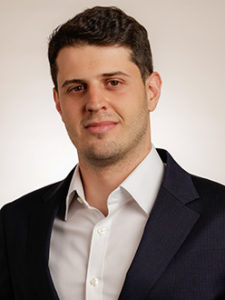Environmental Fluid Dynamics Research and Education in the University of Utah’s Department of Mechanical Engineering is studying the properties of the Earth’s atmosphere and its relation to the science of fluid dynamics, including large scale simulations and field experiments. Core strengths include dynamics, mechanics, pollutant dispersion, computational analysis, large scale simulations, and atmospheric boundary layers.
Faculty and Labs

Amir Arzani
Lab: Computational Biomechanics Group
Our group does computational mechanics research with various applications but with an emphasis on cardiovascular disease. Research Interests include: computational fluid dynamics (CFD), nonlinear solid mechanics (growth & remodeling), scientific machine learning (sparse data-driven modeling and physics-informed deep learning), mass transport, dynamical systems, flow physics and transport in chaotic flows with different applications (biological flows, environmental flows, and heat transfer)

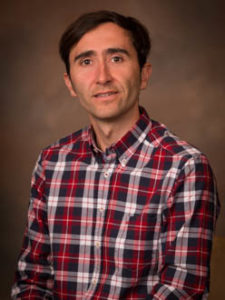
Marc Calaf
Lab – Wind Energy & Turbulence
The Wind Energy and Turbulence laboratory was designed to improve the current understanding of wind energy harvesting. To achieve this goal we dedicate much of our efforts to develop new knowledge on the turbulent atmospheric boundary layer. Our focus resides on using high resolution numerical simulations which we ultimately complement with the analysis of experimental data.

Todd Harman
Research interests include: Computational Fluid Dynamics and Fluid Structure Interaction, Supersonic flows, and Large scale simulations.
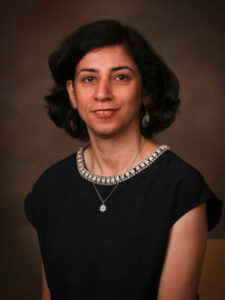
Pania Newell
Lab – Integrated Multi-Physics Laboratory
Investigating multi-physics, multi-scale phenomena through integrating theoretical, experimental, computational analysis combined with data sciences.
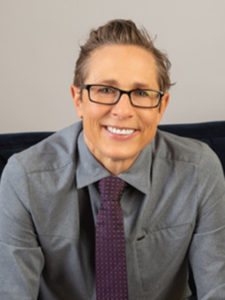
M Metzger
Research Interests inclue: Experimental fluid dynamics with an emphasis on pollutant dispersion, turbulent mixing, and high Reynolds number turbulent boundary layer physics. Development of experimental techniques and sensors for fundamental fluid dynamic and atmospheric measurements.
Alex Novoselov
Lab – Numerical Turbulence, Energy, and Reactions Group
The Numerical Turbulence, Energy, and Reactions lab focuses on making an impact against climate change through the computational study of flow and energy. Currently, we specialize in using high-fidelity simulations to better understand turbulent reacting flows in practical devices. When our tools reach the limits of what they can simulate, we develop new, state-of-the-art models to overcome these restrictions and continue our studies.
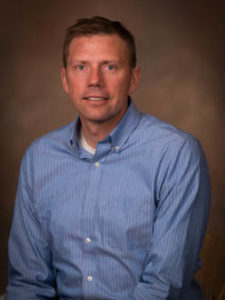
Eric Pardyjak
The work done at the Environmental Fluid Dynamics Laboratory at the University of Utah attempts to further the understanding of transport phoenomena in the natural world. To this end, the laboratory employs a variety of state of the art scientific investigation techniques including: large scale field measurements (both Urban and Natural Environment), numerical modeling and simulation, and laboratory scale measurements.

Rob Stoll
Research Interests include: Fluid mechanics in the environment, Computational fluid dynamics, Large-eddy simulation, Atmospheric boundary layer, and Land-atmosphere interactions.
